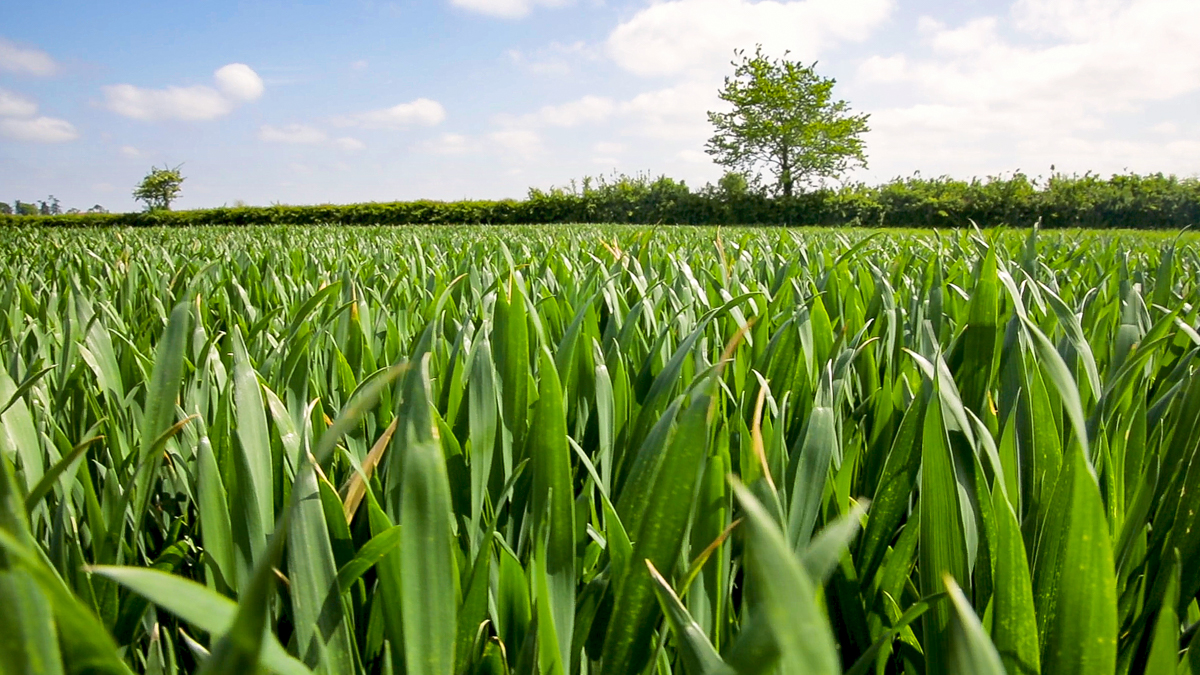The growing importance of crops within the Irish economy was a recurring theme of the recent National Tillage Conference for 2022.
The event’s second session saw Teagasc director, Prof. Frank O’Mara, confirming the important role of tillage in underpinning so many of Ireland’s farming sectors.
He also pointed out that said that his organisation remains committed to fully facilitating the expansion of the industry.
O’Mara added: “Teagasc will meet this need by investing in new infrastructure and people at our research centre in Oakpark.
“On top of recent capital investment, this year we intend to fill two new researcher posts to drive on our strategic plans in crop improvement, as well as the support for the whole growing and distilling sector.
“I expect that the existing collaboration between our crops, food and environment programmes will continue,” he added.
Challenges for farmers who sow crops
Minister for Agriculture, Food and the Marine, Charlie McConalogue also addressed the conference. He said that the last two years had been a difficult time for everyone.
“Hopefully, we have turned the corner. Farm families ensured there was food on the tables of the country and kept the cogs of a €13.5 billion export sector turning throughout the period,” the minister said.
“From the outset, it is important that we recognise the importance of a viable and sustainable tillage sector.”
According to the minister, tillage will continue to provide feed and straw for Ireland’s livestock sectors. But there are also the growing brewing, distilling and consumer markets to be considered.
“I want to see tillage thrive and grow, particularly over the lifetime of the next Common Agricultural Policy [CAP],” he said.
Returns on investment
McConalaogue confirmed 2021 as being a solid year for Irish tillage with outputs valued in and around €750 million at farm gate prices.
“I am committed to supporting this very important sector. I am pleased to see that the cereal area has begun to stabilise in recent years, following a period of decline,” he said.
“In 2021 the cereal area accounted for 274,000ha; this represents a 3% year-on-year increase.
“One of the aims of the Food Vision 2030 strategy is to increase the area of crops grown in Ireland. And I fully support this target.”
The minister said that he is hopeful of 2022 being another good year for tillage in Ireland. He noted the increase in winter plantings and the fact that these crops had, by and large, come through the winter well.
But he also said he recognises the pressure of increased fertiliser prices and other strengthening input costs on tillage farms at the present time.
“I have consistently raised the challenge of fertiliser costs at EU Council meetings,” he stressed.
“It is important that we manage the costs associated with production and mitigate the impact. I have just launched the Teagasc Soils, Nutrients and Fertiliser campaign.
“This will act to assist farmers in terms of how they manage their crops’ nutrient requirements over the coming months.”
